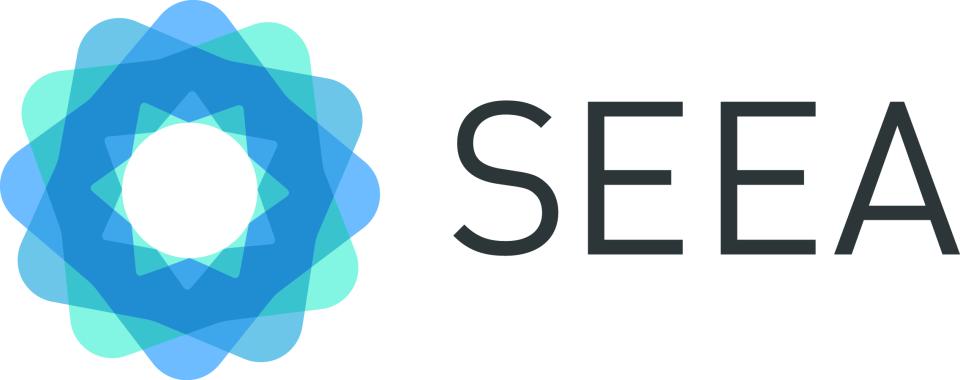Resource corner, Issue 21

Resource corner SEEA News and Notes. Issue 21
In this issue you will find resources and publications on the natural capital accounts in the UK and England, a publication from ISTAT on indicators for environment and the economy, new papers on the topical collection for monetary valuation for ecosystem accounts, technical report on Water Accounting and more.
Developing supply and use tables for UK natural capital accounts: 2023 (ONS, 2023)
This publication describes the development of the supply and use tables for UK natural capital accounts which contain experimental estimates of the flow of goods and services generated by nature through the economy. The SUTs of ecosystem services were developed according to the SEEA EA. The authors welcome feedback on the methods from SEEA groups. Link to the original publication: https://www.ons.gov.uk/economy/environmentalaccounts/articles/developingsupplyandusetablesforuknaturalcapitalaccounts/2023
England natural capital accounts: 2023 (ONS, 2023)
This are the first ever experimental natural capital monetary estimates of the services provided by the natural environment. These estimates should be interpreted as a partial or minimum value of the services provided by the environment. The publication includes as much of the economic value of the natural environment as possible. It includes extent of habitats in England, ecosystem services and asset values. Please find more in this link
Nature at work for people and the economy: 10 insights from the England and UK natural capital accounts: 2023- (DEFRA, 2023)
In this paper, the UK Department for Environment Food & Rural Affairs (DEFRA) explores the first ever experimental accounting estimates of the value of England’s natural capital accounts: 2023 released by the ONS in January of this year. This accounts are based on the UK natural capital accounts published in November 2022.
Find the 10 insight from the England and UK Natural Capital accounts 2023 here
Compiler for Economy-Wide Material Flow Accounts (UNEP, 2023)
The EW-MFA Compiler supports countries to build Economy-Wide Material Flow Accounts
The EW-MFA Compiler includes 29 excel sheets grouped into three sets, providing: (1) introduction, brief description of tables and definitions (green set); (2) the basic structure required for these accounts, including table A on Domestic Extraction, table B on Imports of Materials, table C on Exports of Materials, table D on Material Outflows, table E on Balancing Items, and Table F on Headline indicators (blue set); and (3) a number of simple tools to convert available statistics into the required MFA categories, and to calculate some categories of materials, where these categories are not the result of a simple summation (orange set).
Link to the original publication: https://wedocs.unep.org/handle/20.500.11822/41948
Environment and economy: main indicators – Years 2018-2020 (ISTAT, 2023)
The report documents how the pandemic crisis reduced pressures on the environment, while environment-related monetary aggregates show a mixed picture. In 2020, the main pressure indicators of the environmental accounts decreased, compared to 2019, to an extent close to the decrease in GDP (-9% in volume). In 2020 Net energy consumption was equal to 6.5 million terajoules (-8.8%), Greenhouse gas emissions to 392 million tons (Mt) of CO2 equivalent (-10.2%) and Domestic material consumption to 459 Mt (-7.7%). The reduction in the revenue from environmental taxes was more marked, falling to 50.4 billion euros (-13.5%). In the same year, the value of goods and services produced by the economy for environmental purposes decreased, falling to 104 billion (-3.8%) while Expenditure on environmental protection remained stable at 43 billion. ISTAT published this report where all the indicators are derived from the SEEA accounts.
Link to the report https://www.istat.it/it/files//2023/03/report-economia-ambiente-2022-English.pdf
National Statistical Office (NSO), India constantly strives towards not only the expansion of the coverage of its Environment Accounts but also towards familiarising the users with the various terms, concepts and definitions used in its publications. Adhering to this, NSO India has released the updated versions of documents on ‘EnviStats India-FAQ’ on World Environmental Education Day i.e. January 26, 2023 containing the frequently asked questions about the Environment Statistics and Environment Accounts and ‘EnviStats-India Glossary’ on World Wildlife Day i.e. March 03, 2023 which encompasses all the important definitions/terminologies and concepts used in the annual publications “EnviStats-India Vol. I: Environment Statistics” and “EnviStats-India Vol. II: Environment Accounts”. The updated versions include explanations of terminologies and concepts used in the latest publications released in 2022. These dynamic publications- FAQs and Glossary will help users better understand the Environment Statistics and Accounts.
All the publications can be readily downloaded from the website of Ministry of Statistics &PI at https://www.mospi.gov.in/download-reports.
New papers: Topical collection on monetary valuation for ecosystem accounting
The One Ecosystem Topical Collection on Monetary Valuation for Ecosystem Accounting now has 10 papers published. This is a collection of research papers of research papers (i) exemplifying the purpose and principles of monetary valuation for ecosystem accounting, (ii) disseminating practical applications of monetary ecosystem accounts, and (iii) addressing the SEEA EA research agenda regarding monetary valuation methods for ecosystem accounting. The recently added papers include Valuation of health benefits of green-blue areas for the purpose of ecosystem accounting: a pilot in Flanders, Belgium and Value ‘generalisation’ in ecosystem accounting using Bayesian networks to infer the asset value of regulating services for urban trees in Oslo. The topical collection can be accessed here.
Data for a Greener World: A guide for Practitioners and Policymakers (IMF, 2023)
The book presents a structured discussion of measuring the key economic and financial dimensions of climate change. It combines economic theory and analysis with real world examples of how climate data can be constructed for different country settings, based on existing climate science and economic data. Read the publication here:
Technical Report Water Accounts and Water Accounting (Vardon et al, 2023)
This technical report for the Global Commission on the Economics of Water provides a foundation for water accounts and water accounting. It explains why water accounting is important and, with multiple examples, shows how water accounting is a key information tool needed by all water decision makers. Access the report here.
